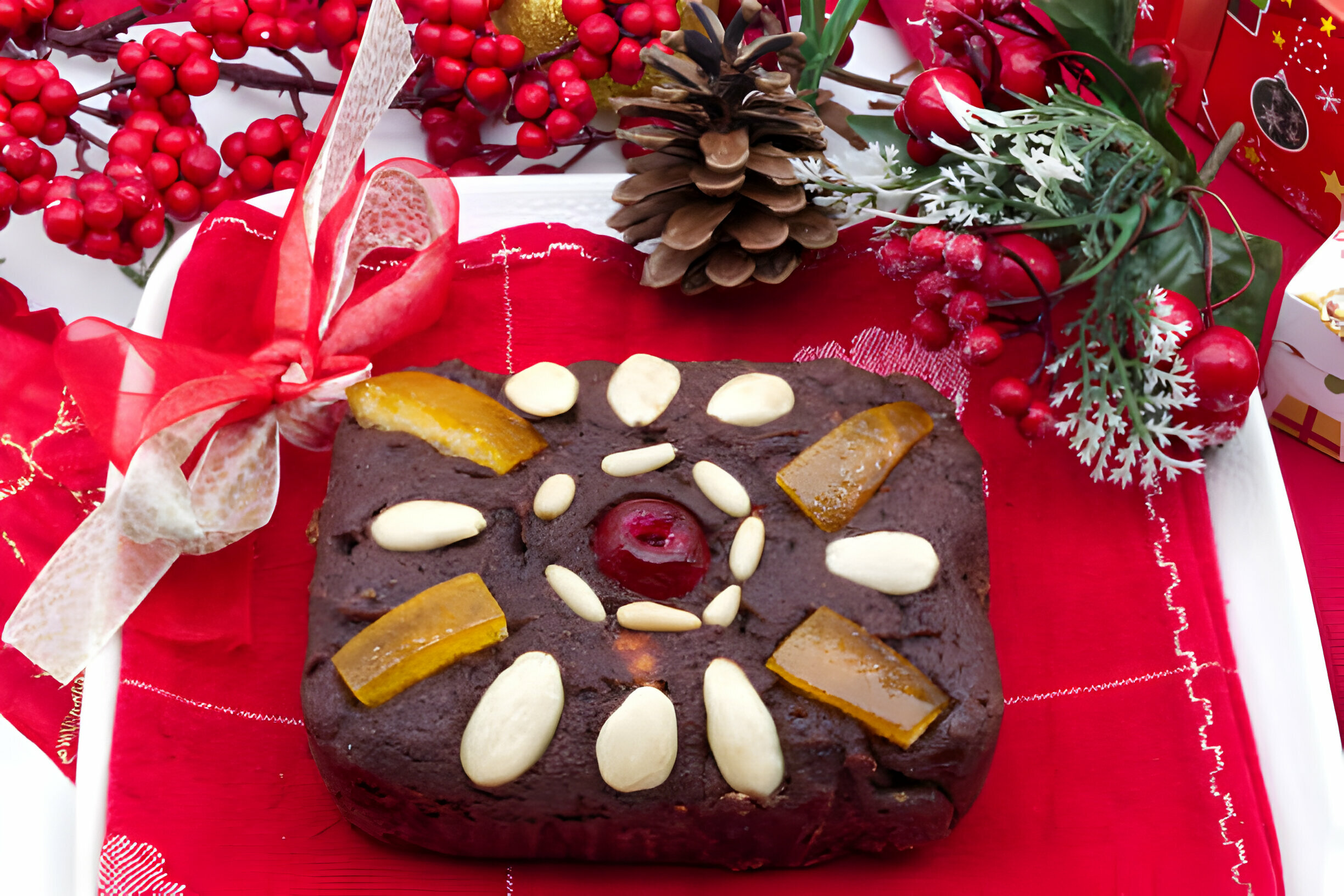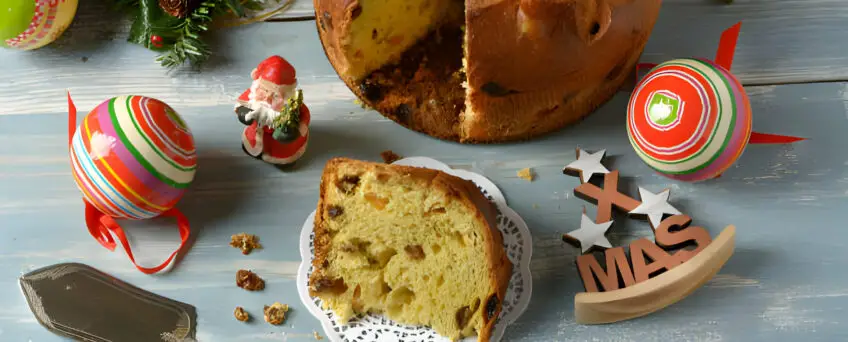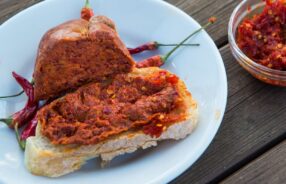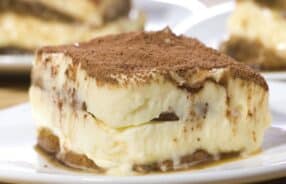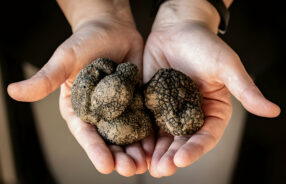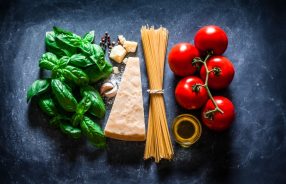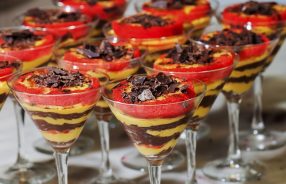Top 5 Italian Christmas Desserts
The time has already come to think about traditional Christmas desserts to prepare for the holidays. The scent of cinnamon, the taste of ginger, the softness of cakes filled like savory creams that melt on your palate.
Christmas brings to the table delicious desserts that differ from region to region, and since it’s around the corner, we thought we’d cover some traditional Christmas desserts in this top 5.
These are only a small slice from the myriad of desserts that can be prepared during the Christmas holidays, but they are all really worth trying at least once in your life.
Take a look at the top 5 and find out which desserts you want to try or prepare for Christmas!
1- Tronchetto di Natale (Yule log)
Walking through the Christmas markets in Turin, you will find the Yule log, one of the tastiest Christmas sweets, born from a legend linked to an ancient Piedmontese peasant tradition. According to the legend, the log placed in the fireplace on Christmas night had to burn slowly for 12 nights until Epiphany, as a sign of good luck. The dessert’s main ingredients are chestnut and chocolate cream, combined with eggs, butter, mascarpone, brandy, and cream.
A real caloric bomb, as big as the joy for your palate!
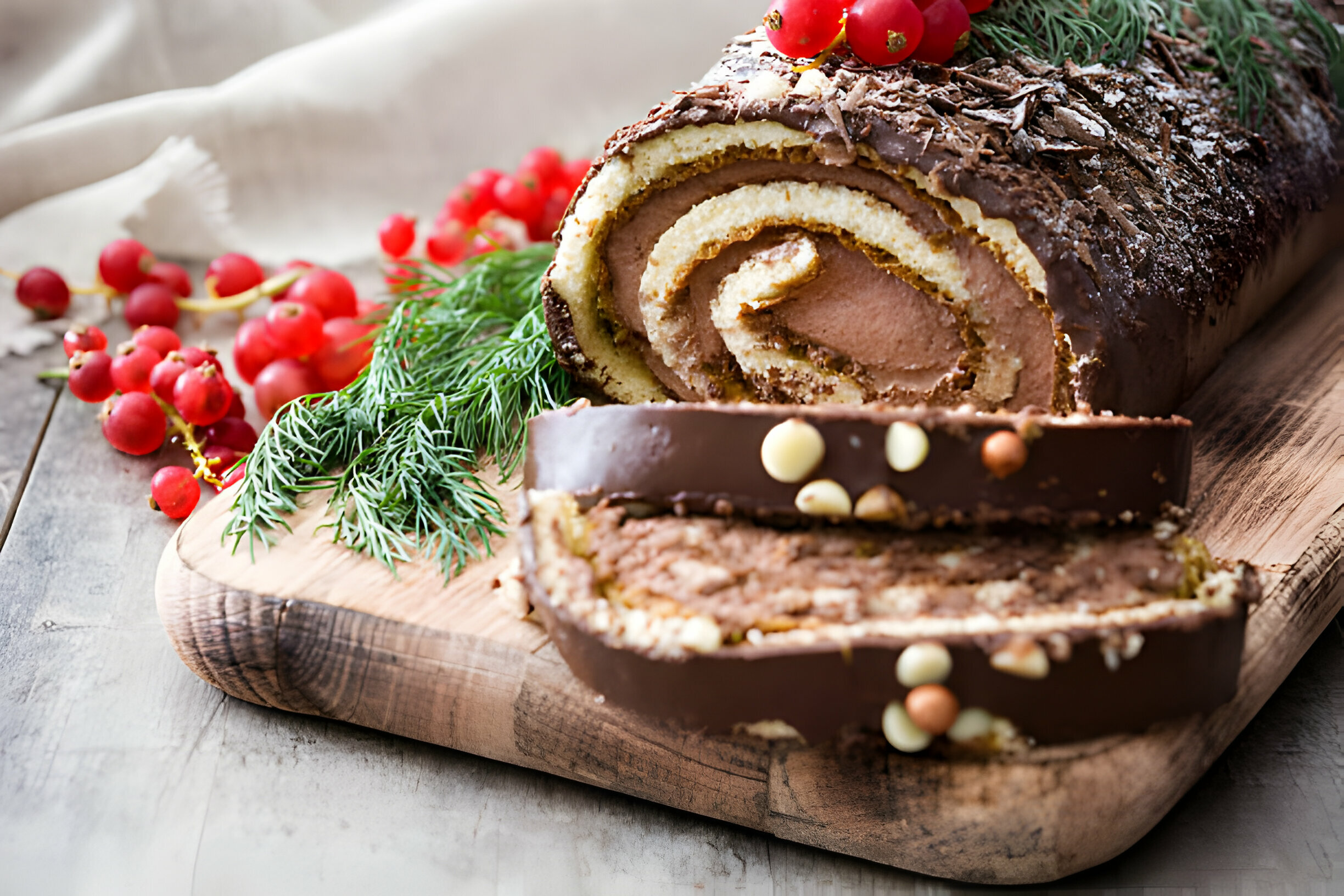
2- Panettone
It isn’t Christmas without panettone, the typical dessert of Milan, filled with candied fruit and raisins. But do you know why it’s called that? The name derives from “Pan de Toni“, from its inventor, the humble kitchen boy Toni at the service of Ludovico il Moro‘s kitchen.
During the eve of a distant Christmas, Toni saved the head cook of the Sforzas who had burned the dessert prepared for the ducal banquet. He worked the sourdough loaf he had kept aside, with flour, eggs, sugar, raisins, and citron peel, until he got a soft and very leavened dough.
The result is the sweet we all know, emblem of Christmas, known and appreciated all over the world.
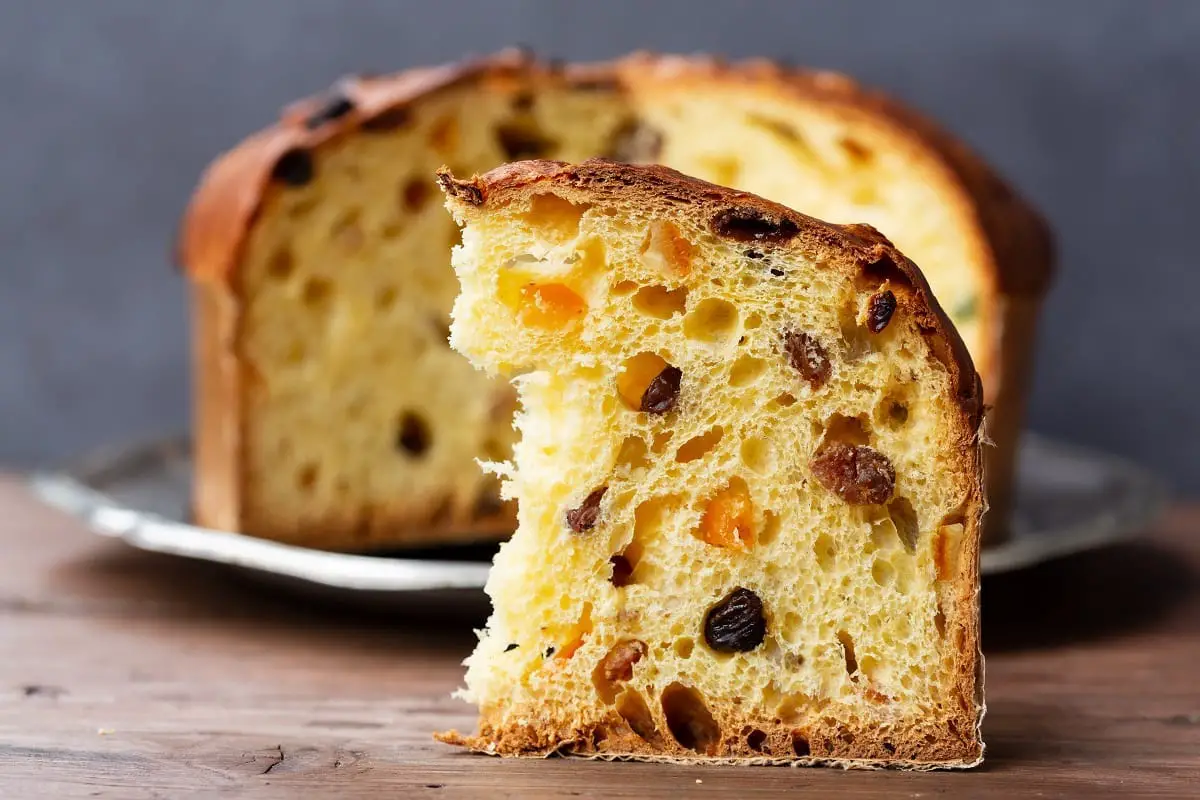
3- Pandoro
Another famous dessert of the Christmas tradition, the Pandoro was born in Verona, and is famous for its soft dough, with a golden color and a vanilla scent, as well as for its trunk shape, with star reliefs, usually with eight points. Based on flour, sugar, eggs, butter, cocoa, and yeast. The recipe for pandoro as we know it today dates back to the 19th century, as an evolution of the “nadalin“, a typical Veronese dessert invented in the 13th century.
In Verona, it can be enjoyed in its many variations, though the classic artisan pandoro remains a must on Italian tables.
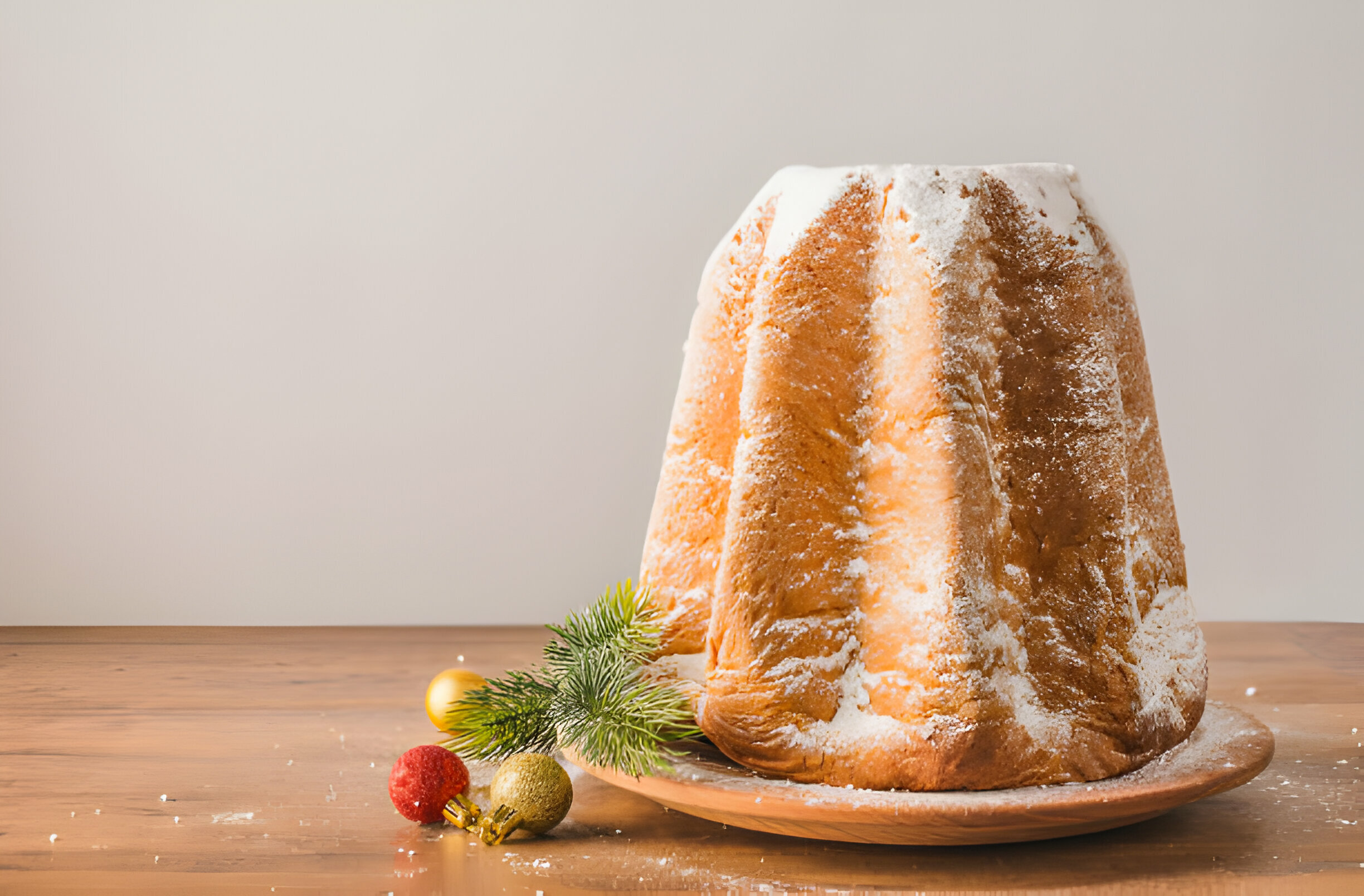
4- Cartellate
A typical dessert of the Apulian Christmas tradition, Cartellate has a wrapped shape that would represent the halo or the bands that wrapped the Baby Jesus in the cradle. In Bari, they are called in many ways, including “carteddàte” or “sfringioli”, and are prepared by making ribbons from a thin sheet of dough. The dough is made with flour, oil, and white wine. The ribbons are then fried and soaked in mulled wine and covered with cinnamon, sugar, or almonds.
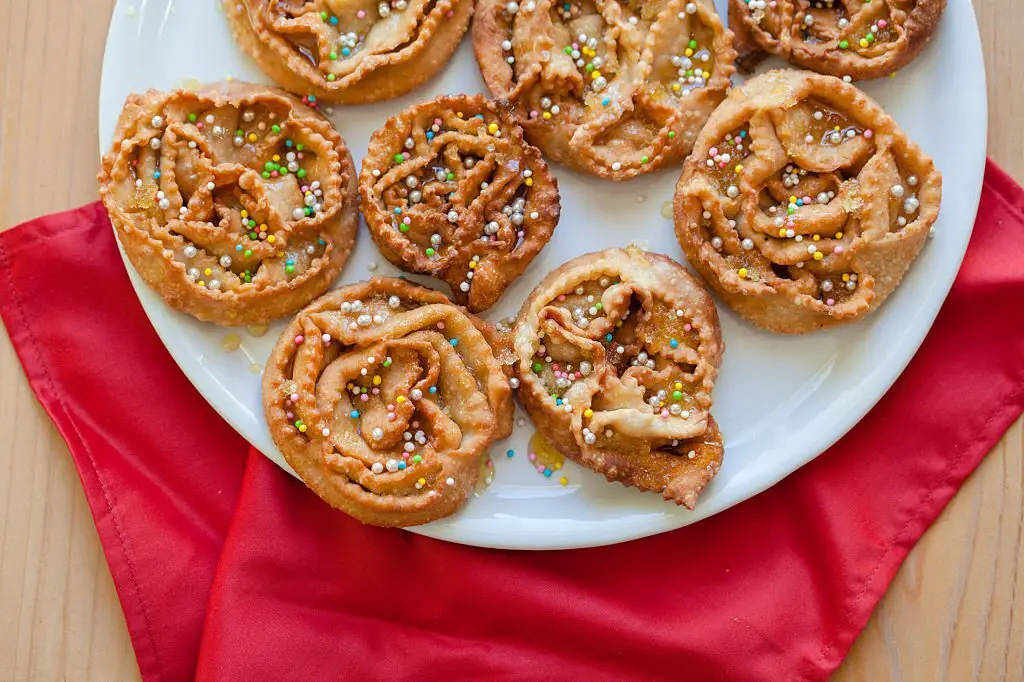
5- Panspeziale
Whether you call it “panspeziale” or “certosino”, the recipe for this typical dessert of Bolognese cuisine does not change: almonds, pine nuts, dark chocolate, and candied fruit are the main ingredients of this delicacy, with very ancient origins.
Panspeziale dates back to the Middle Ages: in the beginning, it was produced by pharmacists (or “apothecaries“), later replaced by the Carthusian friars.
To enjoy it at its best, you need to cut the “panspeziel” into very thin slices, the thickness of a tagliatelle.
